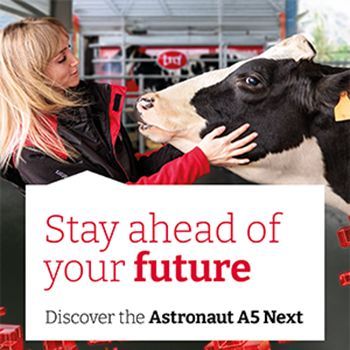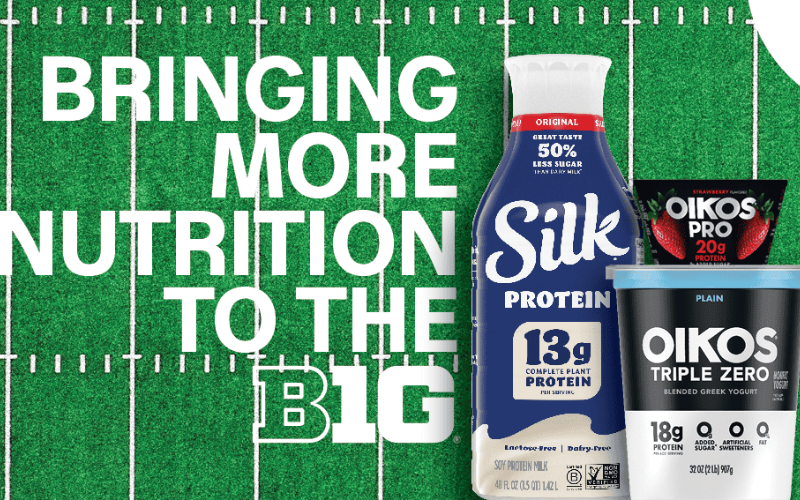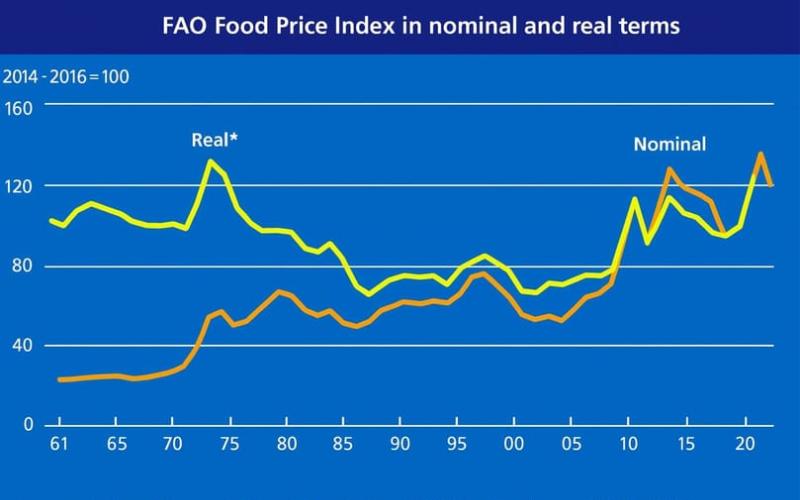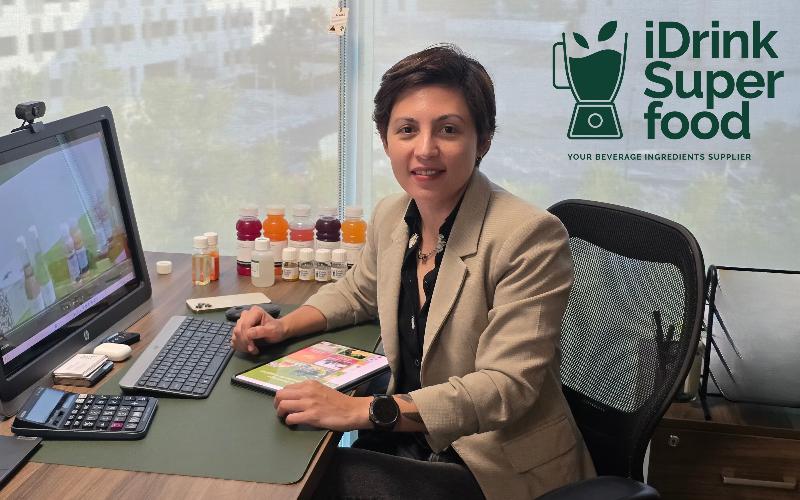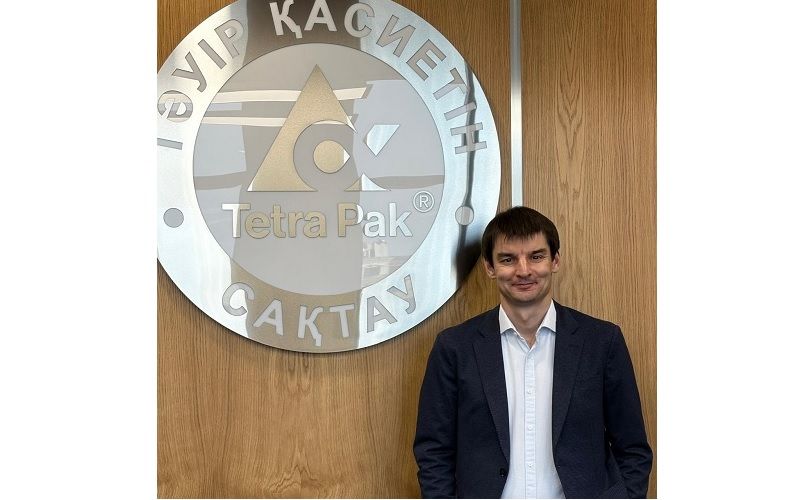From Counting Cows to Artificial Intelligence: Why Automation Matters for Farms of Every Size
Twenty years ago, farm automation meant little more than mechanized milking and sorting gates used to count animals. Today, a “smart farm” includes robotic milking systems, reproductive sensors, artificial intelligence for early disease detection, and climate control systems that save water while keeping cows comfortable. Automation is no longer a luxury — it has become the foundation of competitiveness.
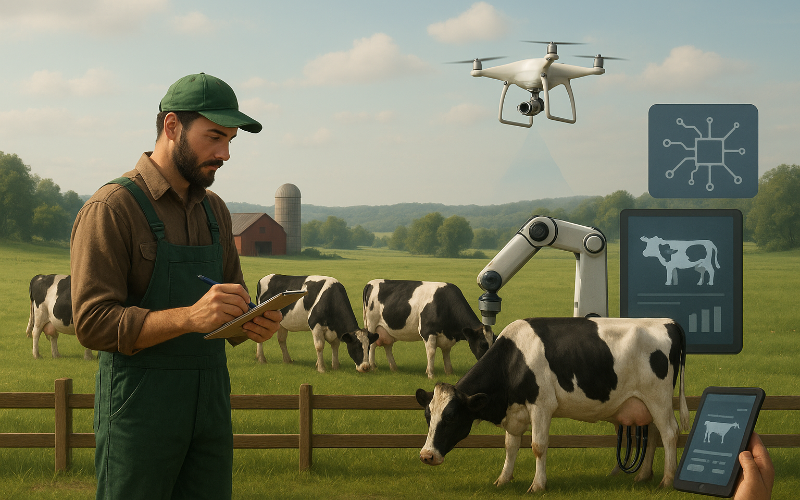
Rising labor costs, growing animal welfare requirements, fluctuating feed prices, and pressure to reduce the carbon footprint all push farmers to seek solutions that help cut costs while keeping their operations efficient and sustainable.
When Automation Became a Necessity
Try counting a herd of 50 cows manually. It’s almost impossible — animals move constantly, shift groups, and humans make mistakes. That’s why one of the earliest steps toward automation was the introduction of sorting gates: each cow passed through the gate, the farmer recorded the number, and the count was done.
Today, a farmer simply opens an app and sees a complete map of the herd, with detailed data on each animal: how much milk it produced, how long it spent eating, whether it’s ready for breeding. The crucial difference is that this information no longer depends on the human factor.
Automation has replaced subjective, error-prone reports from farmhands with verified data that can’t be falsified.
According to the IFCN Dairy Research Network, more than 35% of dairy farms in Europe and the United States now use at least one element of “smart farming.” There are over 50,000 robotic milking systems worldwide, and their number is growing by 10–12% annually.
Automation has also transformed pasture management. Drones equipped with RGB cameras, thermal sensors, and LiDAR are now used to track animals, assess pasture conditions, and detect heat stress in cows.
In Brazil, large farms within the Itambé cooperative use drones to monitor over 15,000 hectares of pastureland. According to the company, drone technology has reduced monitoring costs by 25% and improved feed base planning accuracy.
Why Automation Is Essential: Lessons from Europe, the CIS, and the U.S.
Europe: Labor Efficiency and Optimization
In Northern Europe — the Netherlands, Denmark, Sweden, and the United Kingdom — farmers traditionally manage their farms on their own. Labor is expensive, and hiring workers often makes operations unprofitable. That’s why Europe became the birthplace of robotic milking systems — notably Lely and DeLaval.
Each milking robot can handle around 60–70 cows. The cows come to be milked voluntarily, while the farmer monitors everything via computer. As a result, farms achieve:
-
a 5–12% increase in milk yield,
-
15–20% lower labor costs,
-
more free time and greater focus on management rather than manual routine.
The European approach is about achieving maximum efficiency with smaller-scale operations. In some countries, including Denmark, regulations impose additional requirements on farms once they exceed a certain number of animals. Therefore, the main goal is to extract the highest possible productivity from the available land.
CIS and Kazakhstan: A Business Strategy
In Kazakhstan, Russia, and across the CIS, many farms are established not by traditional farmers but by investors. Their biggest challenges are inefficient management and unreliable reporting. For them, automation serves a different purpose — it provides transparent, verifiable data.
Sensors, AMS (Automated Milking Systems), and farm management software allow investors — often located thousands of kilometers away — to track everything in real time:
-
milk yield per cow,
-
herd health and disease rates,
-
feeding efficiency,
-
reproductive performance.
This reduces dependence on human error or manipulation. The data flows directly from the system, not through reports written by employees.
The United States: Scale and Efficiency
The American model combines both approaches: farmers remain personally involved but treat technology as a tool for business expansion. Herds of 5,000–10,000 cows are common. The farmer stays connected to the process but focuses on scaling operations.
Automation ensures that managing 200 or 9,000 cows is equally efficient. Sensors, Big Data, and AI-driven analytics are used to optimize feed plans, track animal health, and coordinate milking and processing schedules.
What to Consider When Choosing Automation Technologies
There’s no such thing as a one-size-fits-all automation system — every solution must fit its specific environment.
-
Hot climates (e.g., Brazil, Kazakhstan, southern U.S.): smart cooling systems activate water sprays only when sensors detect animal heat stress. This saves water and protects cow health.
-
Europe: robotic milking and reproduction sensors allow farmers to leave their farms without disrupting operations.
-
Asia: the focus is on large-scale industrial projects. By 2030, China is expected to lead the world in AMS adoption, overtaking both Europe and the U.S.
The next step in automation is artificial intelligence, which integrates data from sensors, cameras, and thermal imaging. Machine vision can detect mastitis with up to 90% accuracy, even before clinical symptoms appear — delivering not only better animal health outcomes but also a direct commercial return.
In 2022, Danone announced a partnership with IBM Research to develop AI algorithms for early disease detection on its partner farms in Europe. In pilot projects, AI reduced economic losses from mastitis by 30% and antibiotic use by 12%, strengthening the company’s positioning as a sustainable and eco-friendly producer.
Automation as a Game of “Fine-Tuning”
A farm is like a living ecosystem. Automation allows farmers to make small adjustments that deliver major results. Slightly change the feeding ratio — and you gain 200 extra liters of milk. Install a cooling system — and you save water while keeping cows comfortable.
That’s why farmers love to visit one another: every new idea, even one that saves “three cents on a heat exchanger,” becomes part of a broader culture of continuous improvement. Once tested, these solutions are replicated across other farms.
In New Zealand, Fonterra has introduced the Allflex monitoring system, tracking the activity and rumination of over 350,000 cows. The technology has reduced culling rates by 9% and improved reproductive efficiency by 15%. The data is automatically uploaded to the cloud, helping veterinarians respond quickly to anomalies.
According to The Bullvine, early disease detection through sensor systems can save €200–300 per cow annually.
Automation is not just about robots and data — it’s a new philosophy of farming: less manual labor, more personal freedom, more data, more control, and greater flexibility.
The Economics of Automation
Research from the USDA and IFCN shows that the economics of automation are complex. Automated Milking Systems (AMS) typically pay off within 5–9 years, depending on the region, while sensor systems deliver returns faster — in 2–3 years.
Meanwhile, the smart livestock market continues to grow. In 2022, it was valued at $1.8 billion, and by 2030, according to Statista, it is projected to reach $5.2 billion.
Automation is no longer a futuristic vision — it is the present-day backbone of modern dairy farming. Whether you manage 50 or 5,000 cows, technology ensures not just efficiency, but sustainability, transparency, and long-term competitiveness.


